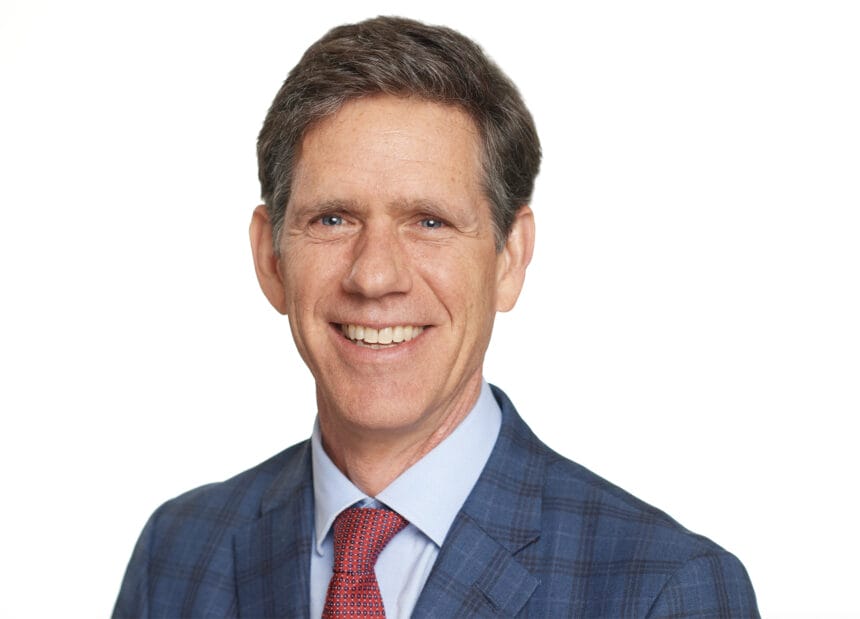
Many of us feel a general discomfort, sadness, even dread at the thought of death and dying. But what if, as health care leaders and as a society, we could flip the script? Hospice services are a valuable yet underutilized resource, and if more individuals understood how to access this resource sooner, it would significantly improve the quality of a patient’s (and their family’s) end of life experience.
Former U.S, President Jimmy Carter is a living example of the promise of earlier hospice care, showing that the normal, natural process of dying can be peaceful, profound, and even joyful with the right support. Choosing hospice isn’t “giving up;” it is a reprioritization of the patient’s quality of life goals when curative options are no longer available or desired. In fact, earlier hospice care can extend life and rally a whole host of complementary medical, therapeutic, and professional support services to fulfill final wishes and make the most of loved ones’ remaining time together.
Our medical community is accustomed to talking about treatment and saving lives, but we also need to talk openly about what “a good death” with dignity means for our patients and their families. Hospice professionals are the subject matter experts who can step in and help at that juncture.
Let’s start by clearing up some common myths and objections:
- “I don’t want to move into hospice.”
Hospice is not a place; it is a compassionate philosophy of interdisciplinary care offered wherever a patient is. Most patients choose to stay in their private home with the support of family caregivers, but one-on-one hospice services may also be provided in a residential or inpatient facility.
For individuals with a life-limiting diagnosis, hospice can offer unparalleled clinical, emotional, and spiritual care with family education and support services. Hospice is the only Medicare benefit that includes pharmaceuticals, medical equipment, 24/7 access to care, nursing, social services, spiritual care, respite care and grief support. And by request, one’s care team can be customized to include as many or as few of those core services.
2. “Hospice is for your final days. I’m not there yet.”
You may be shocked to learn how underutilized hospice care services are in the US: the median length of service still hovers at only 18 days. Yet, hospice eligibility starts when life expectancy is six months or less, with unlimited benefit periods certified by the patient’s doctor. That allows an eligible patient to remain in hospice care for the remainder of their life, however long that may be. And this matters a great deal now that living with a chronic disease can mean years instead of days. Starting earlier gives recipients and their families time to understand what to expect, make preparations, and get the full benefits of person-centered care they deserve.
Studies link hospice with increased satisfaction and quality of life, improved pain management, reduced physical distress, and reduced emotional distress. Most patients report that their symptoms become managed within the first 48 hours. And they live longer with hospice care than without, by an average of 29 days, resulting in more time together with the ones they love. Since hospice is fully covered by Medicare, Medicaid and most insurance plans, most recipients pay nothing out of pocket.
3. “I’m fine with my care the way it is. Don’t rock the boat.”
We often encounter a reluctance to transition from one Medicare-certified care service to another for fear of disruption, particularly when the patient is receiving palliative (comfort) care. The transition to hospice, however, is designed to be seamless.
When palliative care accompanies curative treatment, it is provided under the Medicare Part B ambulatory outpatient benefit. Hospice is complementary and ensures that palliative care will be continued and uninterrupted under Medicare Part A. Many practitioners don’t realize that an individual patient can receive Part B and Part A benefits at the same time, precisely to provide a smooth care transition near the end of life.
4. Why earlier hospice care matters
Earlier hospice care leads to better outcomes, in particular, a better end-of-life experience for patients and their families, so don’t be afraid to make that referral as soon as possible. As partners on a collaborative care team, hospice experts will explain everything and compassionately walk patients and their loved ones through the entire decision-making process.
In my hospice organization, we go above and beyond with psychosocial care as much as possible, because we know how difficult yet important it is to understand how, why, and when the right care services can help. What I want more health care leaders to know is that many of our former patients’ families, when they reflect on the dignity and peace of mind they experienced, have said they wish they had begun hospice services sooner.
Michael Johnson, PhD, is hospice practice president for BAYADA Home Health Care.

